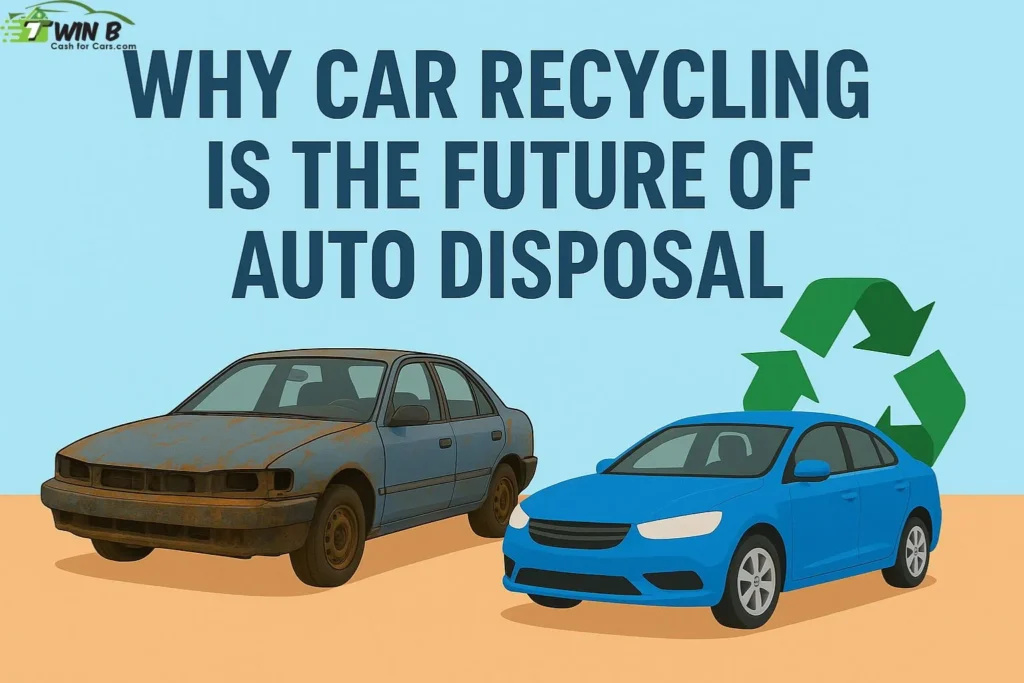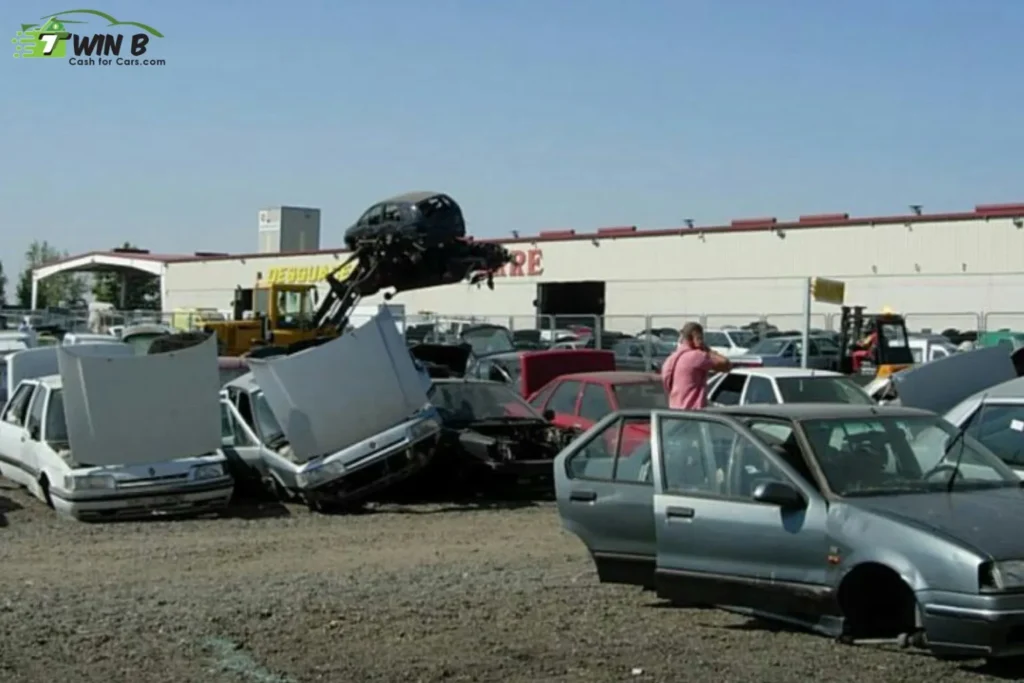
As environmental issues grow more urgent, car recycling has become the smarter and more responsible alternative to traditional vehicle disposal. Instead of letting old cars pollute landfills or rust away in backyards, recycling ensures that materials are reused, waste is minimized, and harmful substances are safely removed. This shift toward eco-friendly car recycling marks the beginning of a cleaner and more sustainable automotive future.
The Growing Environmental Importance of Car Recycling
Old cars are filled with toxic materials like fuel residues, oils, brake fluids, and coolants. If these chemicals leak into soil and groundwater, they can damage ecosystems for years. Recycling prevents this by using professional methods to safely extract and treat hazardous materials before they cause harm.
Beyond liquids, cars also contain plastics, glass, rubber, and metals – none of which should end up in landfills. Car recycling helps manage waste responsibly and keeps harmful components out of the environment.
Cutting Down Landfill Waste
End-of-life vehicles take up enormous space when dumped. A single car weighs hundreds to thousands of pounds, and throwing it into a landfill contributes heavily to environmental pollution.
Modern recycling practices allow up to 80–90% of a car to be reused. Recyclable materials include:
- Steel
- Aluminum
- Copper
- Tires
- Plastic components
- Glass
- Batteries
By keeping all these parts in circulation, eco-friendly car recycling reduces landfill pressure and supports a cleaner waste management system.
Resource Conservation Through Metal Recovery
Cars are built using valuable metals that require energy-intensive mining. Extracting raw materials such as steel, aluminum, and copper damages landscapes and consumes tremendous amounts of energy.
Recycling metals from old vehicles brings huge benefits:
- Less mining
- Reduced environmental damage
- Lower energy consumption
- Conservation of natural resources
- Decrease in industrial pollution
Manufacturers also prefer recycled metals because they are more affordable and easier to process. This keeps costs down for car parts and supports sustainable manufacturing.
Lower Carbon Emissions and Energy Savings
Producing new materials from scratch requires high heat, fuel, and energy- all of which contribute to carbon emissions. Recycling dramatically reduces this.
For example, recycled steel uses far less energy compared to producing steel from iron ore. The same applies to aluminum and copper. By using recycled materials, industries cut down emissions, helping fight climate change.
This makes car recycling a powerful contributor to a greener automotive ecosystem.
Proper Handling of Hazardous Materials
Older vehicles contain dangerous components such as:
- Acidic car batteries
- Mercury switches
- Airbag propellants
- Fuel vapors
- Engine and brake fluids
- Leaving these in landfills would lead to toxic leaks. Eco-friendly car recycling ensures these materials are removed, neutralized, and recycled correctly.
This protects wildlife, soil quality, water sources, and community health.
Read more: Car Removal
Economic & Social Advantages of Car Recycling
Recycling is not just environmentally smart – it also boosts local economies.
1. Creates Jobs
Skilled workers are needed for dismantling, sorting, material recovery, transportation, and parts refurbishing.
2. Supports Affordable Car Repairs
Recycled engines, transmissions, mirrors, and doors cost less than new parts. This provides cheaper repair options for car owners.
3. Strengthens Manufacturing Industries
Manufacturers get access to affordable recycled metals, reducing production costs while supporting sustainable industrial growth.
How Modern Car Recycling Works

To see why recycling is the preferred option today, here’s how the process typically unfolds:
Step 1: Collection
Old or damaged cars are picked up from owners and delivered to recycling facilities.
Step 2: Depollution
Toxic fluids like engine oil, antifreeze, power steering fluid, and fuel are drained and treated safely.
Step 3: Dismantling
Reusable parts — engines, starters, alternators, seats, doors, and electronics — are removed for refurbishment.
Step 4: Crushing or Shredding
The vehicle frame is crushed or shredded into smaller pieces.
Step 5: Material Separation
Machines separate metal, glass, rubber, and plastic.
Step 6: Recycling & Reuse
Materials are processed and supplied to industries where they become part of new products.
This system ensures that eco-friendly car recycling maximizes value while minimizing environmental harm.
Why Recycling Is Becoming the Preferred Auto Disposal Method
Car recycling is growing rapidly for several reasons:
- Rising environmental awareness
- Stricter regulations on waste and pollution
- Increased use of recycled metals in manufacturing
- The arrival of electric vehicles, which require specialized battery recycling
- Cost savings for industries and consumers
- Growing interest in sustainability
With these changes, the auto industry is shifting toward greener disposal methods, and recycling is leading the transformation.
Conclusion
Car recycling has become the most responsible and sustainable way to manage end-of-life vehicles. It protects the environment, reduces landfill waste, conserves natural resources, saves energy, and supports a greener automotive industry. As more people turn toward eco-friendly car recycling, the future of auto disposal becomes cleaner and smarter.
If you have an old, unwanted, or damaged vehicle, now is the perfect time to choose responsible disposal. Contact a trusted car recycling service today and play your part in protecting the planet – while getting paid for your vehicle at the same time.


